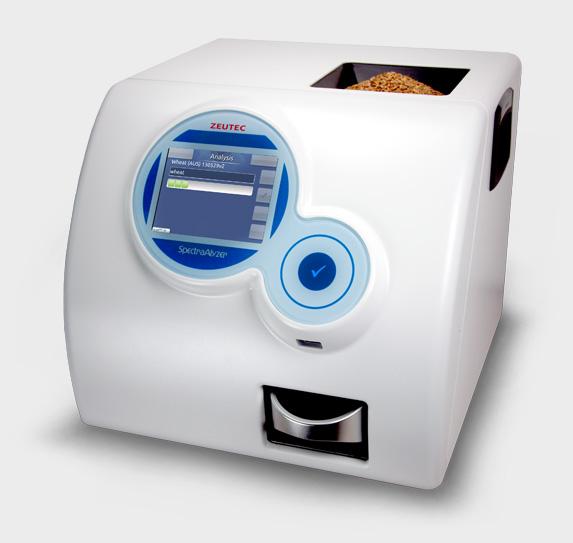The storage properties of the grain are likely to be affected even before reaching the storage premise. Environmental conditions during growth and maturation of grains, the degree of maturity at the time of harvest, harvesting methods, and the method of handling grain in the farn1s influence the storage quality. Fungal and insect pest activity can start in the field itself. High temperatures and humidity during maturation of maize are conducive to aflatoxin formation.
The level of infection by the storage fungi has been linked to the amount of kernel damage as a result of combined harvesting and handling. Insects such as the larger grain borer and the maize weevil, which are active flyers, infest the grain in the field itself.
It is not uncommon for the maize and paddy crops to be harvested at high moisture levels of more than 15%, which is not suitable for storage as such. It needs drying artificially or by sunlight. The sanitary condition or physical state of the newly harvested grain will affect the storage quality (i.e. moisture content, cleanliness, and specific weight).
|
|
Therefore, it is necessary to conduct quality tests on the grain before binning or taking into storage. These tests include determination of moisture content, bulk density, germination tests (glutamic acid decarboxylase activity or tetrazolium tests), amylase activity (Hegberge test), free fatty acids, nonreducing sugar contents, detection of insect infestation, and mold counts. Indices of fungal load can also be assessed by chitin and ergosterol assays. These details will help assess the shelf life potential of the grain; hence, assessment of grain quality is an important storage strategy.
Among the quality parameters, the water activity or moisture content of the grain is the most significant because it has an influential effect on the multiplication of insect pests and growth of other spoilage organisms. The moisture content will not be uniform in bulk storage and is likely to vary between farms, between truck loads or grain lots, and in bag storage between peripheral and inner bags, and in bulk storage between top layer and periphery or in depth. The highest moisture prevailing in any part of the grain bulk has more practical importance than the average moisture content.
